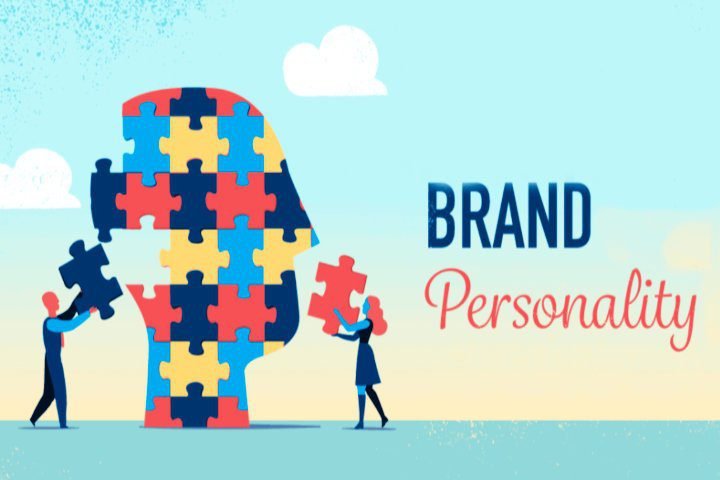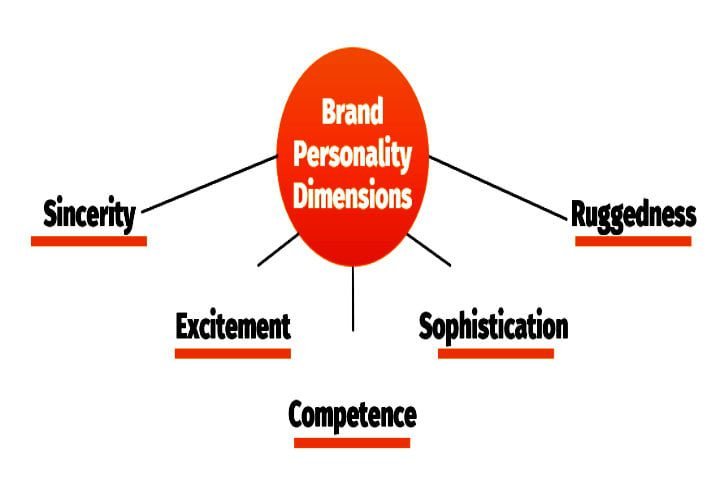Businesses today want to be more than just brick-and-mortar stores. They want to be remembered, connected with, and even admired. This is where the idea of brand personality comes in. A brand personality is a dynamic concept that adds human-like characteristics to a business. Therefore, how to measure brand personality that influences consumer behavior becomes a critical question for the success of a brand.
In This Article
What is Personality?
- Personality combines characteristics or qualities that form an individual’s unique character.
- Personality is about our different ways of being human. It comprises the distinctive patterns of thoughts, feelings, and behaviors that make a person unique.
Defining Brand Personality
Like human personality, brand personality represents how a brand speaks and behaves. Therefore, while defining brand personality, we assign some human personality traits or characteristics to a brand to achieve differentiation.
Doing so makes a brand’s personality something the consumer can relate to. Aside from its functional benefits, this is the added value that a brand gains.
Think of a brand as a person; what kind of person would it be? Friendly and approachable? Serious and professional? Playful, sophisticated, or eco-conscious? These attributes form the personality that resonates with the target audience and becomes the bridge between a business and its audience.
Crafting a distinct brand personality matters because it humanizes the brand, making it more than a faceless entity. Consumers connect emotionally with brands that reflect characteristics they value or aspire to embody. Brand personality results from all the consumer’s experiences with the brand. It is unique and long-lasting.
The assigned characteristics signify brand behavior through individuals representing the brand (i.e., employees, brand ambassadors, CEOs, etc.) and through advertising, packaging, etc.
The role of brand ambassadors is very crucial in this context. They are chosen very carefully based on their public image and how much they are in sync with the defined personality of the brand. According to industry insiders, top-notch endorsement fees average between Rs 4 to 8 crore annually, depending on the advertiser and terms of the contract.
Selecting brand ambassadors who align with a brand’s personality is crucial for creating an authentic and impactful marketing campaign. Brands strive to find individuals who resonate with their target audience and exemplify their brand’s values, image, and essence.
Case Study: Ranveer Singh as Brand Ambassador of Adidas
One such example of a successful brand ambassador selection is the collaboration between Bollywood actor Ranveer Singh and the sportswear brand Adidas. Adidas, known for its energetic and dynamic image, sought a brand ambassador to personify these qualities. Ranveer Singh’s vibrant personality, passion for fitness, and ability to connect with the youth made him an ideal fit for Adidas.
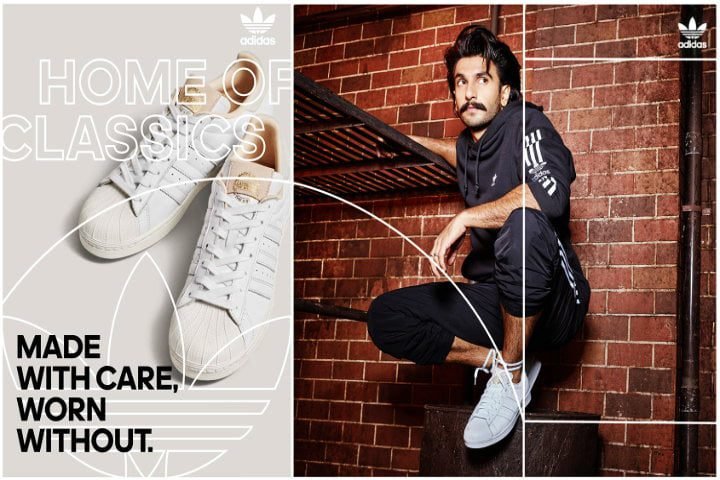
To measure brand personality alignment when selecting ambassadors, brands often consider several factors.
Firstly, they analyze the target audience’s preferences and demographics to ensure the chosen ambassador appeals to them.
Secondly, they assess whether the individual’s values align with the brand’s. This includes evaluating their public image, social media presence, and previous endorsements.
Furthermore, brands may conduct market research or surveys to gauge public perceptions of both their own brand and that of potential ambassadors. This helps in understanding how well an individual’s persona resonates with the desired attributes of the brand.
Launch Event
Adidas Originals’ brand personality is very youthful, urban, and edgy. They wanted to launch their brand ambassador, Ranveer Singh, through a unique event to draw more people to their store and generate awareness about their new ambassador.

A rap battle event was planned in the presence of hundreds of people with the performance of Ranveer Singh to receive traction and awareness for the brand and solidify Ranveer Singh as their new ambassador.
Measuring brand personality is a crucial aspect of understanding and managing a brand’s identity. David Aaker, a well-known marketing strategist, created a model that offers a framework for assessing and measuring the personality traits of a brand.
The David Aaker model suggests that there are five core dimensions to consider when measuring brand personality: sincerity, excitement, competence, sophistication, and ruggedness. Each dimension represents a set of characteristics that can be used to define and differentiate a brand’s personality.
To effectively measure brand personality using this model, marketers can employ various research methods, such as surveys, focus groups, and social media listening tools, etc. These methods enable businesses to gather insights from consumers and stakeholders about how they perceive the brand in terms of its sincerity, excitement, competence, sophistication, and ruggedness.
1. Sincerity
The first dimension of the model is sincerity, which reflects traits such as honesty, genuineness, and a down-to-earth nature. A brand that signifies sincerity is Amul.
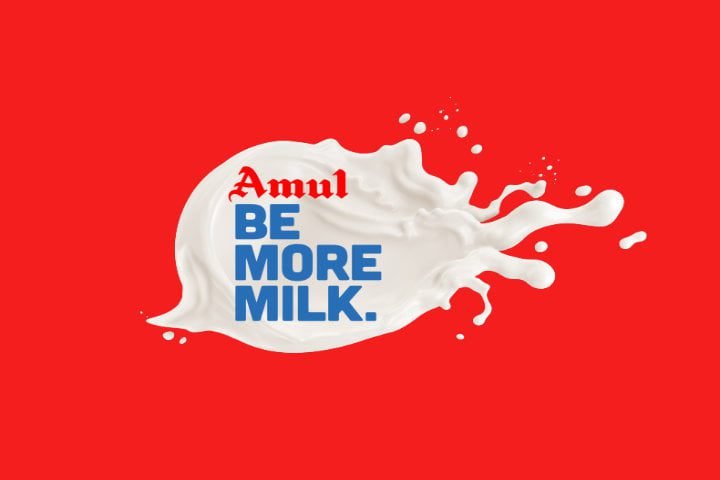
Known for its straightforward and relatable communication, Amul has built a strong reputation for being honest and transparent with its customers.
2. Excitement
The second dimension is excitement, which represents brands that are daring, innovative, and adventurous. A prime example of a brand that represents excitement is Red Bull.
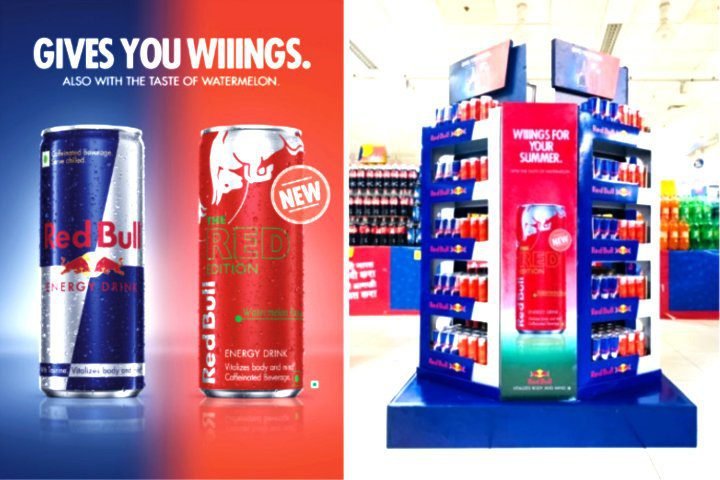
With its high-energy marketing campaigns and association with extreme sports events, Red Bull has successfully positioned itself as a thrilling and exhilarating brand.
3. Competence
Competence is the third dimension in Aaker’s model, representing brands that are reliable, efficient, and capable. Tata Motors exemplifies competence in the Indian market.
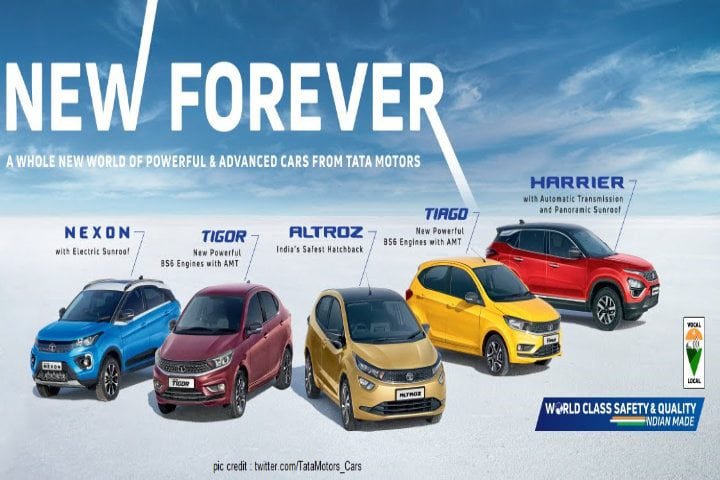
With its long-standing presence in the automotive industry and a wide range of reliable vehicles catering to different segments, Tata Motors has established itself as a trustworthy and competent brand.
4. Sophistication
Sophistication is the fourth dimension in measuring brand personality. Brands associated with sophistication are elegant, stylish, and refined.

Tanishq Jewelry brand perfectly embodies sophistication. Known for its exquisite designs crafted with precision and attention to detail, Tanishq has positioned itself as a sophisticated choice for jewelry enthusiasts.
5. Ruggedness
The final dimension in Aaker’s model is ruggedness, representing brands that are tough, outdoorsy, or rugged in nature. Royal Enfield motorcycles epitomize ruggedness among Indian brands.
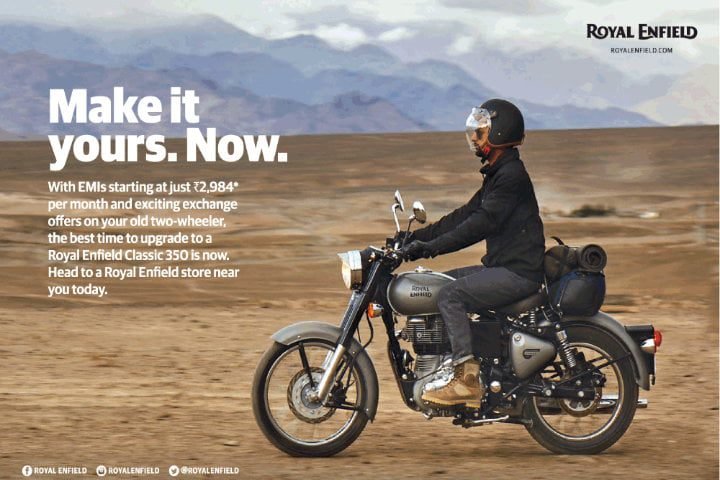
With their robust build quality and association with adventure biking culture, Royal Enfield motorcycles have created a strong identity as rugged machines meant for exploration.
How to Measure Brand Personality Eectively
Businesses can employ various strategies to measure brand personality using these dimensions effectively:
Consumer Surveys
Firstly, conducting consumer surveys and interviews can provide valuable insights into how consumers perceive the brand across each dimension.
These surveys can include questions that gauge perceptions of sincerity (trustworthiness and genuineness), excitement (innovation and energy), competence (reliability and expertise), sophistication (elegance and refinement), and ruggedness (toughness and durability).
Social Media Analysis
Another approach is to analyze social media conversations and online reviews related to the brand. By using sentiment analysis tools or manually reviewing customer feedback, businesses can identify patterns in consumer perceptions of the brand’s personality traits.
Brand Association Studies
Conducting focus groups or qualitative research sessions can allow in-depth discussions on how consumers associate specific traits with the brand. This qualitative data can provide nuanced insights into consumers’ emotional connections with the brand’s personality dimensions.
Competitor Benchmarking
Comparative analysis against competitors is instrumental in measuring competence. Benchmarking against competitors within the industry can help businesses understand their relative positioning on each dimension of brand personality.
This analysis allows for comparing the strengths and weaknesses of competitors’ personalities. By scrutinizing consumer preferences, reviews, and market share, a brand may gain insights into how its competency in delivering quality aligns with or surpasses that of its competitors.
Product Positioning and Packaging Analysis
Ruggedness often finds expression in a brand’s product positioning and packaging. A brand like Himalaya Herbals in India, celebrated for its natural and rugged appeal, could analyze how its product positioning aligns with its desired rugged personality. Packaging that conveys sturdiness and a connection to nature reinforces the brand’s rugged image.
By employing these measurement strategies based on Aaker’s model of brand personality dimensions, businesses can understand how consumers perceive their brands across sincerity, excitement, competence, sophistication, and ruggedness. This knowledge enables them to make informed decisions about branding strategies that align with their desired image in the market.

